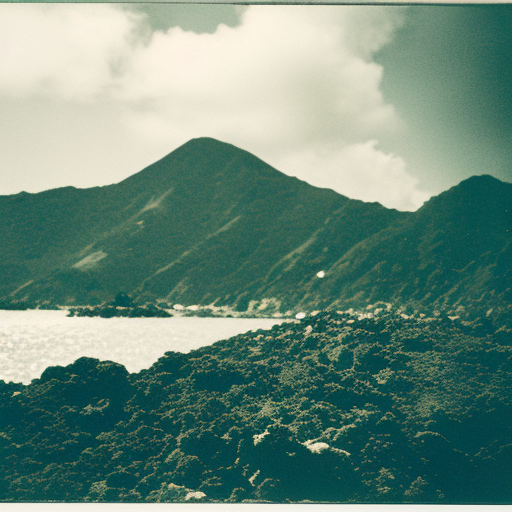Summary:
The Volcano and Ryukyu Islands campaign was a military operation conducted by the United States during World War II to capture the islands of Iwo Jima and Okinawa from the Japanese Empire. The campaign lasted from February to June 1945 and resulted in significant casualties on both sides. The capture of these islands was crucial for the Allied forces as they provided strategic bases for launching further attacks on the Japanese mainland.
Background:
By early 1945, the Allies had gained significant momentum in the Pacific theater and were pushing towards Japan. The Volcano Islands, which included Iwo Jima, were identified as a key objective due to their strategic location. Iwo Jima, in particular, was important as it had airfields that could be used to launch bombing raids on Japan. The Ryukyu Islands, including Okinawa, were also targeted as they were within striking distance of the Japanese mainland.
The Battle of Iwo Jima:
The Battle of Iwo Jima began on February 19, 1945, with the landing of U.S. Marines on the island. The Japanese had heavily fortified the island, constructing an intricate network of tunnels and bunkers. The battle was characterized by intense fighting, with the Marines facing heavy resistance from the well-entrenched Japanese defenders. Despite the difficult conditions, the Marines gradually gained ground and secured the island by March 26, 1945. The battle resulted in the deaths of nearly 7,000 U.S. personnel and over 20,000 Japanese defenders.
The Battle of Okinawa:
The Battle of Okinawa commenced on April 1, 1945, with the landing of U.S. forces on the island. The Japanese had prepared an extensive defensive network, including underground tunnels and caves. The battle was marked by fierce resistance from the Japanese, who employed kamikaze attacks and utilized their knowledge of the terrain to their advantage. The fighting was brutal and protracted, lasting for over two months. The U.S. forces eventually gained control of the island by June 21, 1945. The battle resulted in the deaths of over 12,000 U.S. personnel and an estimated 100,000 Japanese soldiers and civilians.
Significance:
The capture of Iwo Jima and Okinawa had significant implications for the Allied forces. The airfields on Iwo Jima allowed for the increased bombing of Japan, weakening its defenses and infrastructure. Okinawa, on the other hand, provided a base for launching a potential invasion of the Japanese mainland. The battles also showcased the determination and resilience of the Japanese defenders, who fought fiercely despite overwhelming odds. The high casualty rates on both sides highlighted the ferocity of the fighting in the Pacific theater.
Conclusion:
The Volcano and Ryukyu Islands campaign was a crucial military operation during World War II. The capture of Iwo Jima and Okinawa provided the Allies with strategic bases for further attacks on Japan. The battles were marked by intense fighting and heavy casualties, demonstrating the determination of both the U.S. forces and the Japanese defenders. The campaign played a significant role in the eventual defeat of Japan and the end of World War II.












